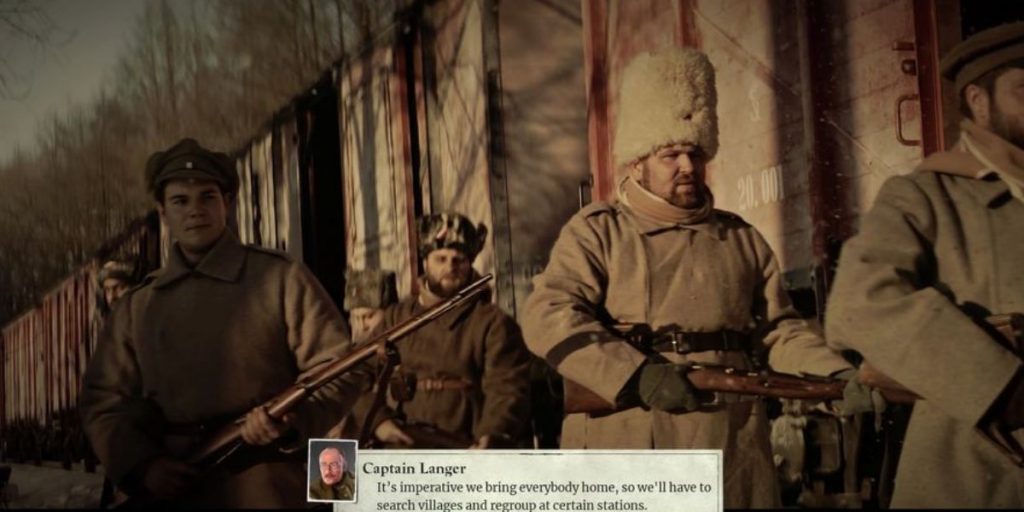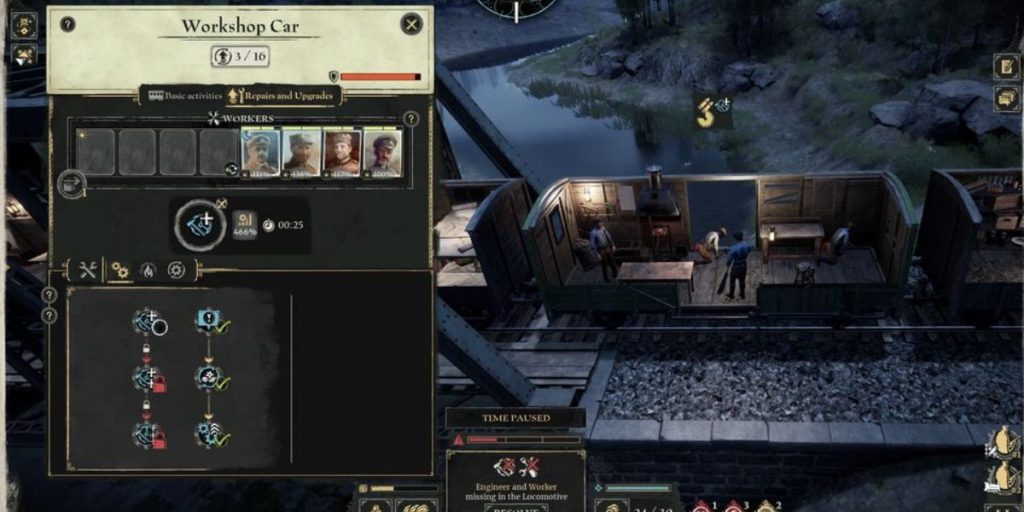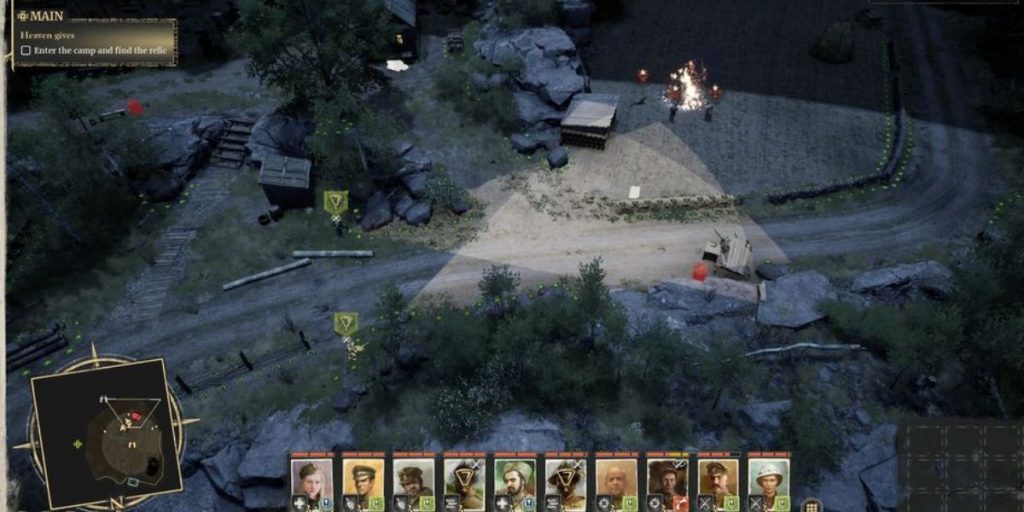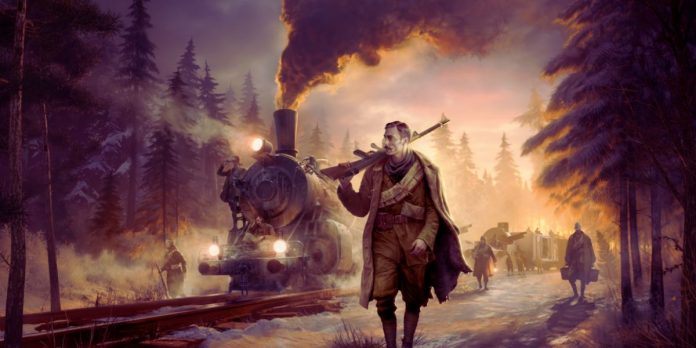“Decoding the Thrilling Saga: Last Train Home Game Explained in Detail”
In the gripping military management game and tactical real-time strategy game Last Train Home, you take command of the Czechoslovak Legion just as the Russian Civil War is starting. You devise a last-ditch scheme to escape Siberia by capturing an armoured train after being unable to travel west to return home. Assigning tasks and allocating supplies aboard the train and commanding groups of ten soldiers in tactically plausible Real-Time Strategy fights on the battlefield are two aspects of your voyage management.
The main goal of Last Train Home is to offer you a look into the desperate atmosphere of a particular period and place, rather than emphasizing historicity. In the Russian Civil War, the Czech Legionaries had no desire to fight on any side. They truly simply want to get home, but no one wants a big group of disgruntled, armed men to hang around, especially the Red revolutionaries, who become your main adversaries very quickly.
While it’s historical fiction, it’s done well enough to portray a time and place with faithfulness in emotion and detail rather than exactitude of events, condensing the experiences of tens of thousands of people over years down to dozens over months. Additionally, it is lavishly presented, with artwork and music that are well above expectations for a game with this level of money and development.
The narrator of Last Train Home, Captain František Langer, is a historical character whose presence feels authentically Czech and underpins much of the historical fervour of the story. The actual Langer was a physician, dramatist, and poet who fought in Siberia with the Legion. With his narration, in-scene words, and FMV performance written (in English) and delivered (in Czech) with a soul befitting one of the great literary nations of the 20th century, it allows the writer flexibility to make sure his lines are not just fitting but poetic.
To put it simply, human suffering never stopped amid the civil war’s ferocity, as stated by the in-game Langer, who goes on to remark, “As did the fighting which went on and on without relent, a restless storm upon a human sea.”

Bullets train
Your true task is to weather that storm. Your soldiers must learn many skills, such as those of riflemen, boiler-stokers, machine gunners, engineers, physicians, scouts, and cooks, all at the same time. You must combine these vocations for them in an almost subversively flexible system of character classes reminiscent of role-playing games. Managing staff is a well-crafted pleasure in which you must strike a balance between being lean and the possibility that your greatest engineer could be killed by a stray shell on any given mission. Humans age more quickly than technology.
It feels new since you don’t often get a convincing portrayal of a combat force in games of this kind, but Last Train Home does. These are chilly, filthy folks who are learning by necessity. They’re far from the ultra-skilled, ultra-clean, world-saving unit of super troops that make up an XCOM operation or a Commandos crew.

By gathering supplies and overseeing your train, you must keep them fighting, nourished, and warm at the same time. However, every mile they walk and combat they fight depletes their energy and health reserves, which must be replenished to prevent their bodies and morale from collapsing. In addition to sending them on optional side missions—a Red militia is robbing civilian fields, or a convoy is transporting goods you might definitely use—you send them out to fight opponents. Is it possible for us to spare the men? Would it be preferable to plunder the deserted village or just send them hunting? Military administration rarely offers such compelling and ambiguous options.
The RTS combat in Last Train Home is its weakest feature. Its basic architecture may be excessively dependent on your ability to pause the game and reposition your troops in the middle of a battle, making it an overly micromanaging game. That’s understandable because it’s entertaining to build up overlapping fields of fire for ambushes, stopping occasionally to snipe a machine gunner or hurl a grenade as best you can, but the main issue is that you don’t really want to shoot. An all-out gunfight is the worst-case scenario since every bullet is being desperately sought after.

You find that you end up favoring stealth, yet Last Train Home isn’t a very satisfying stealth strategy game due to a lack of controls. For example, there isn’t a button to distinguish between ranged and melee attacks. That would have worked out well in other years, but Shadow Gambit: The Cursed Crew, the genre-leading stealth strategy game, was released in that year, so anything less than a really good stealth strategy experience feels wrong.

